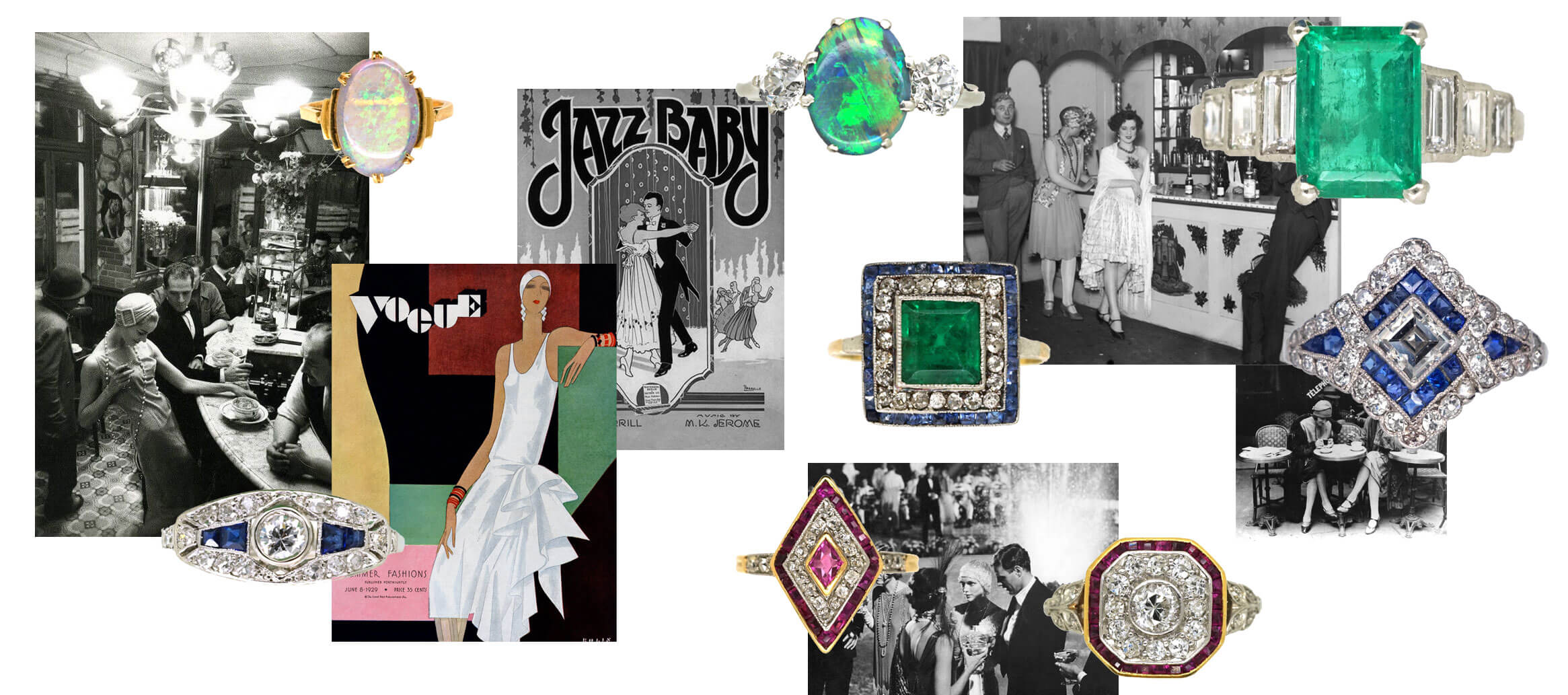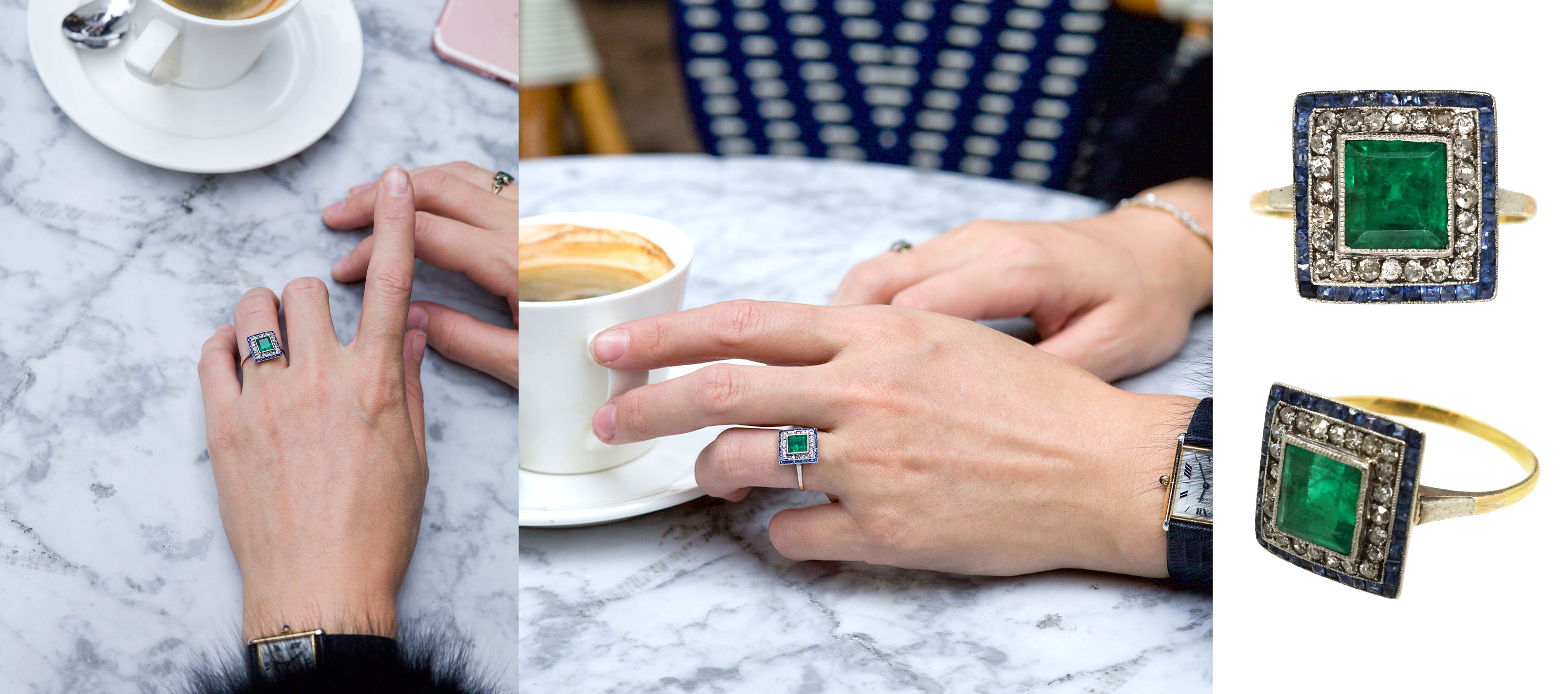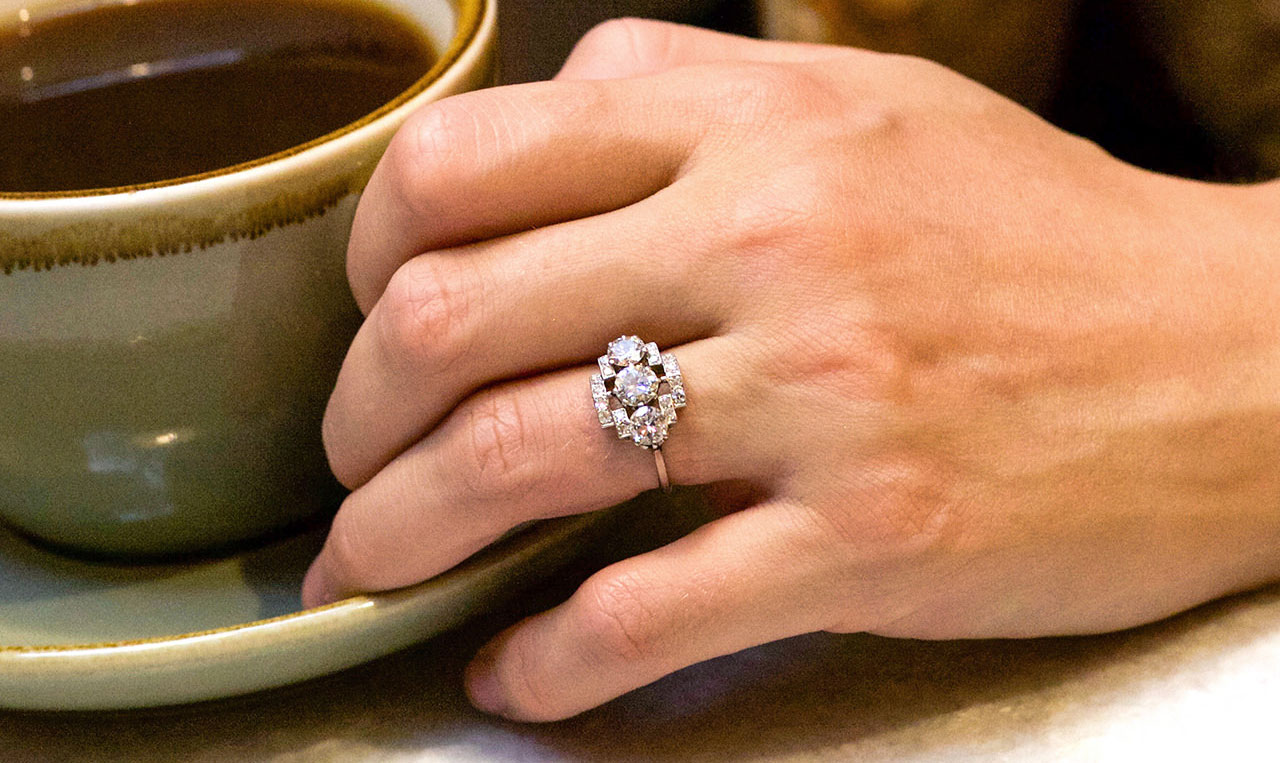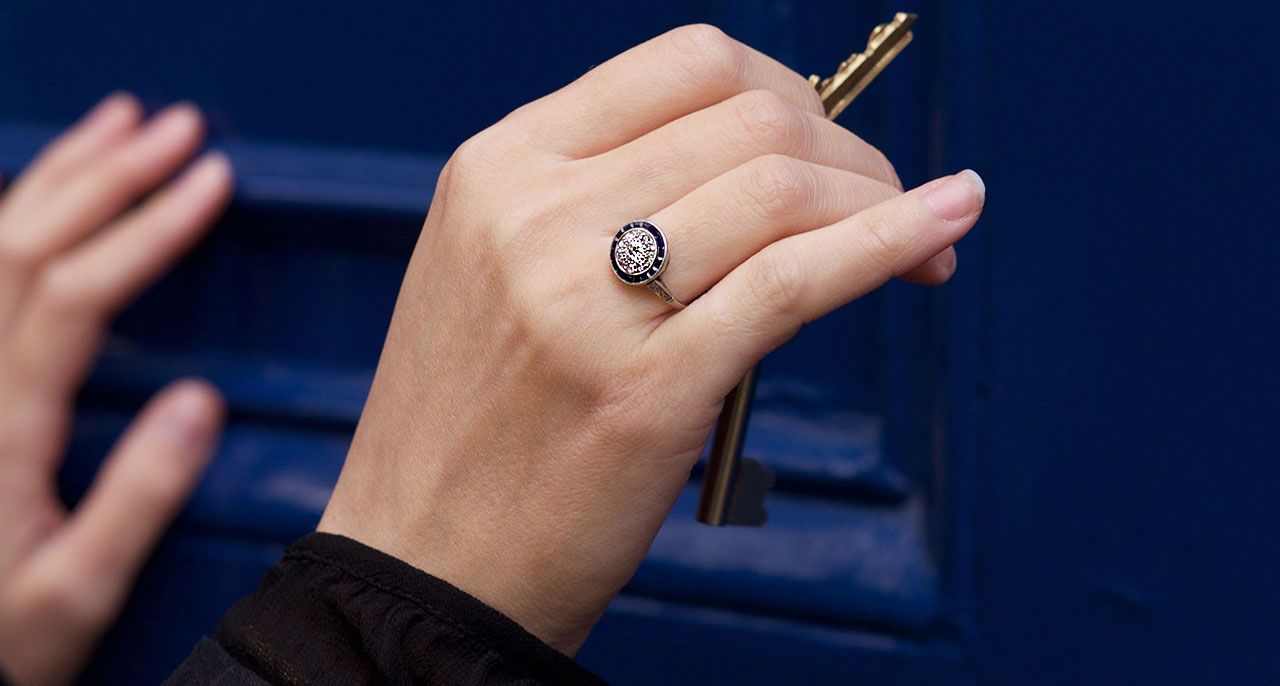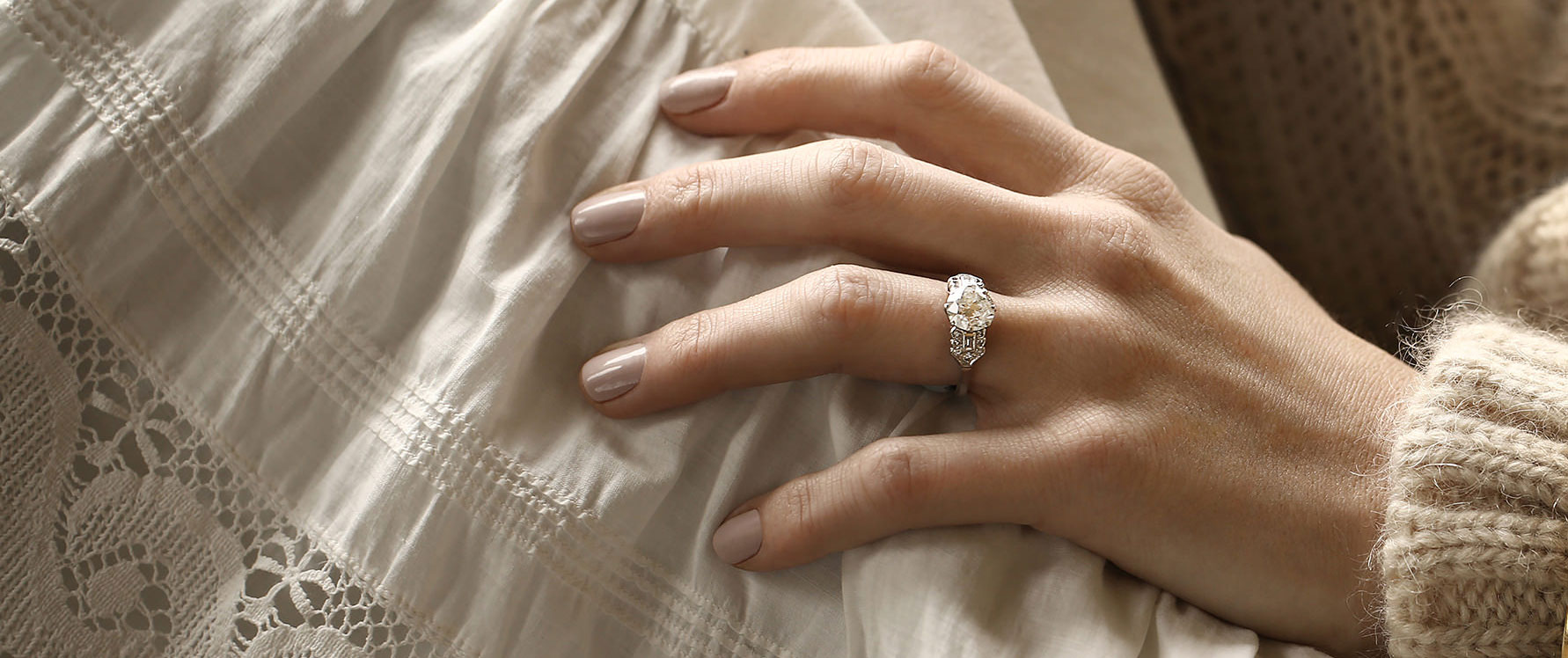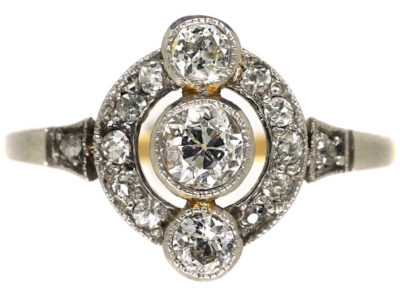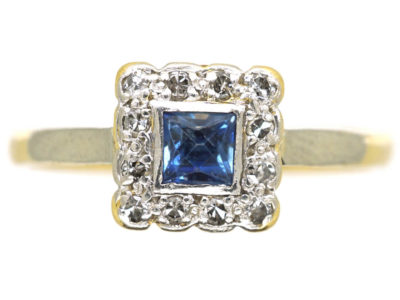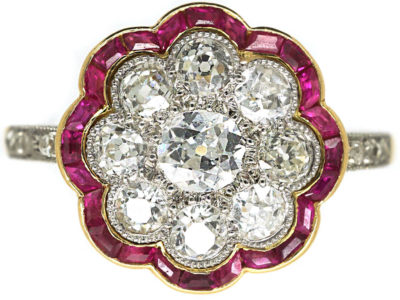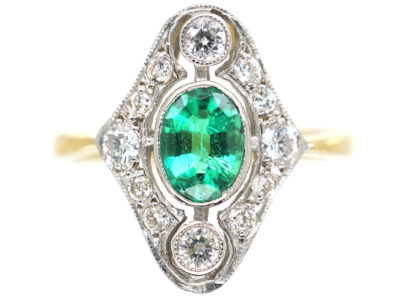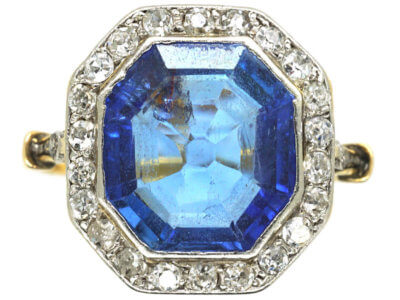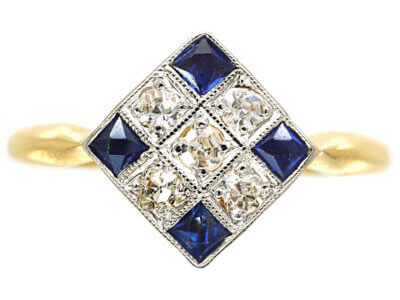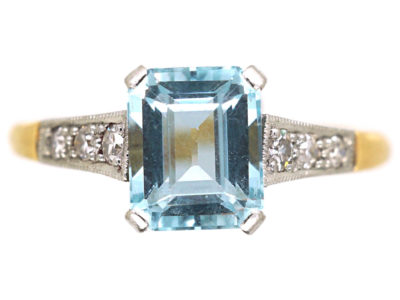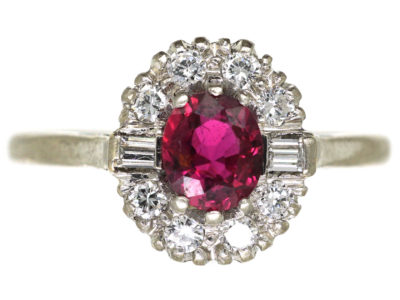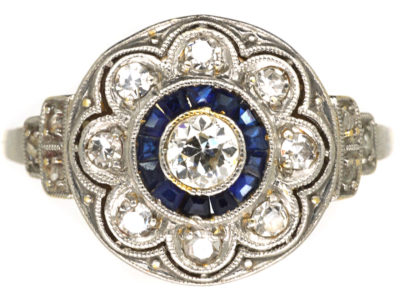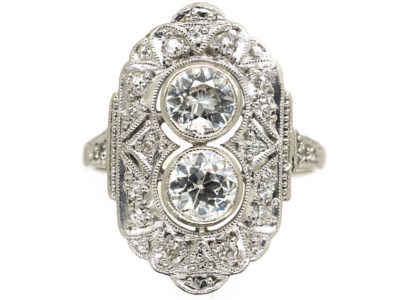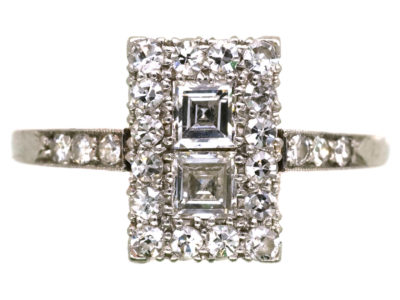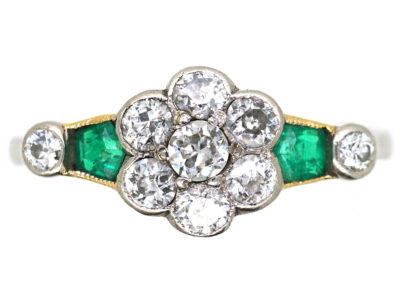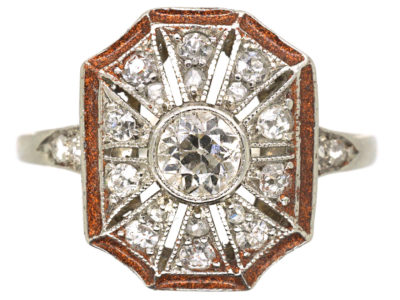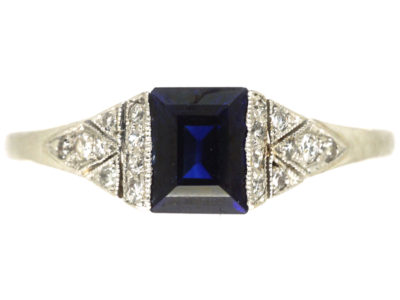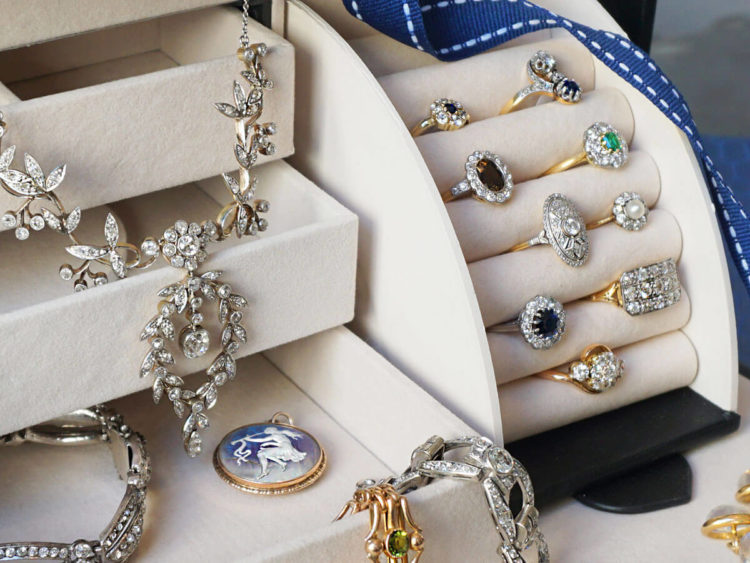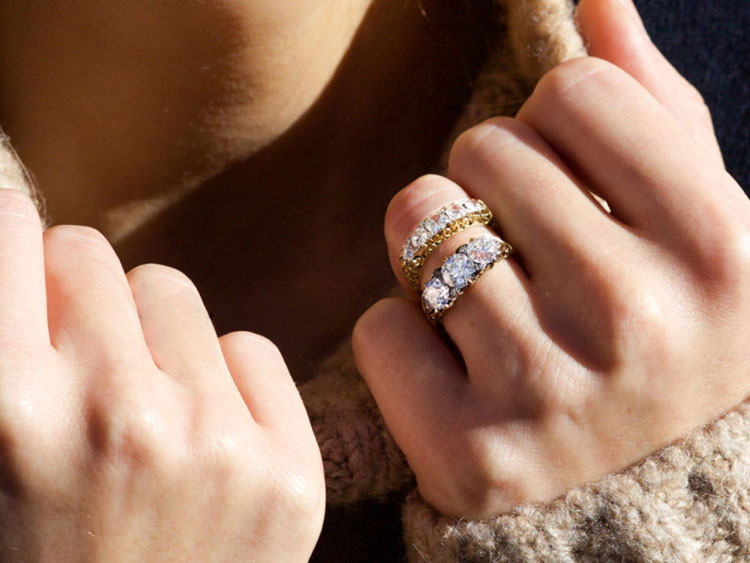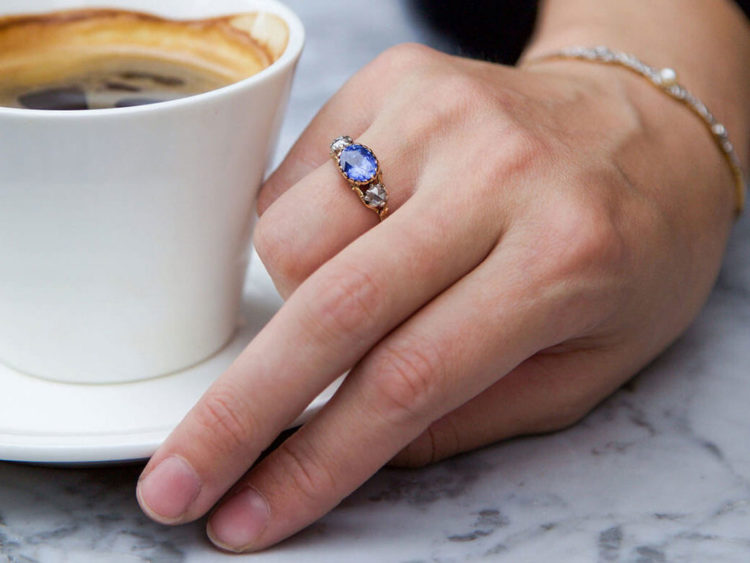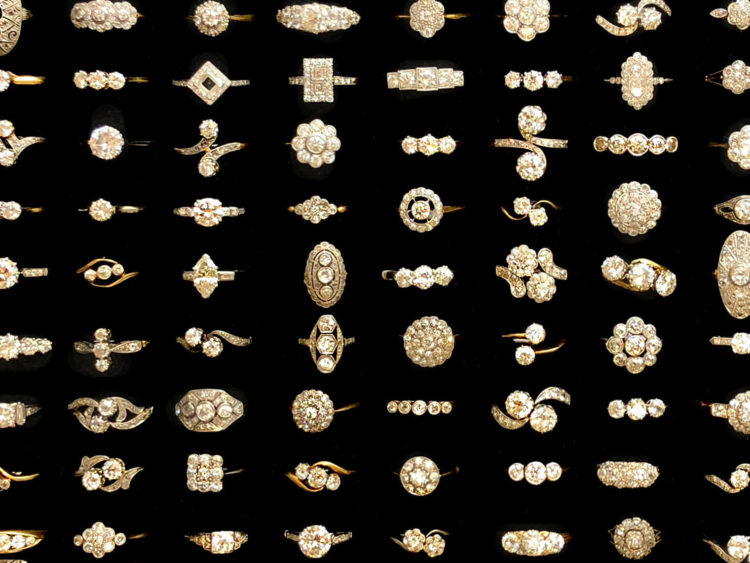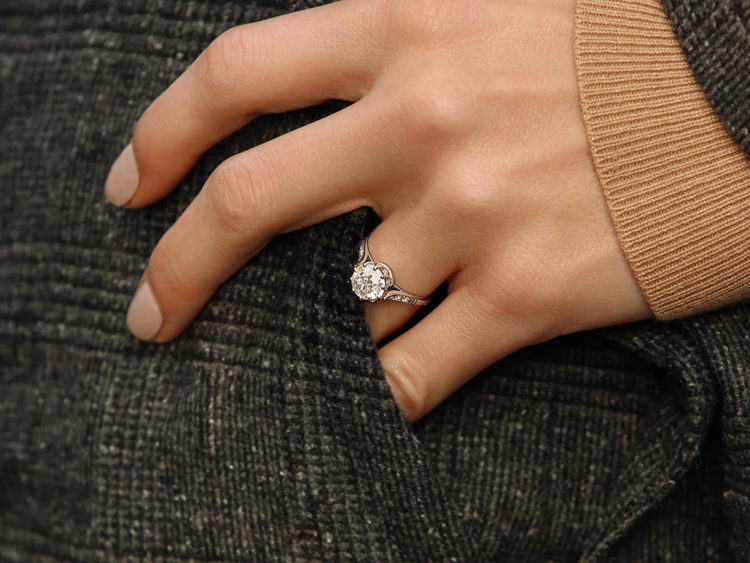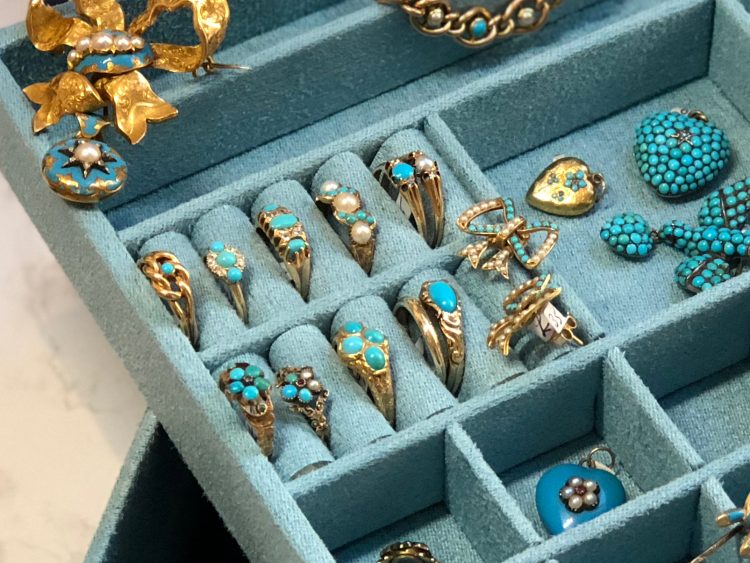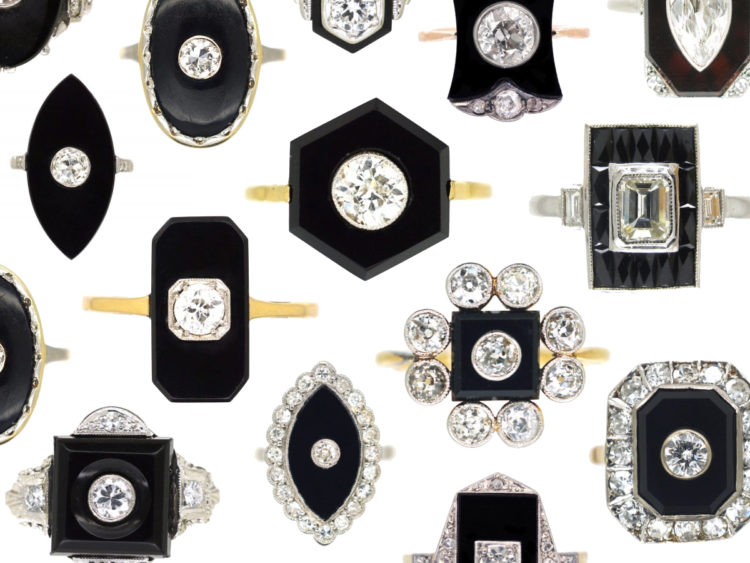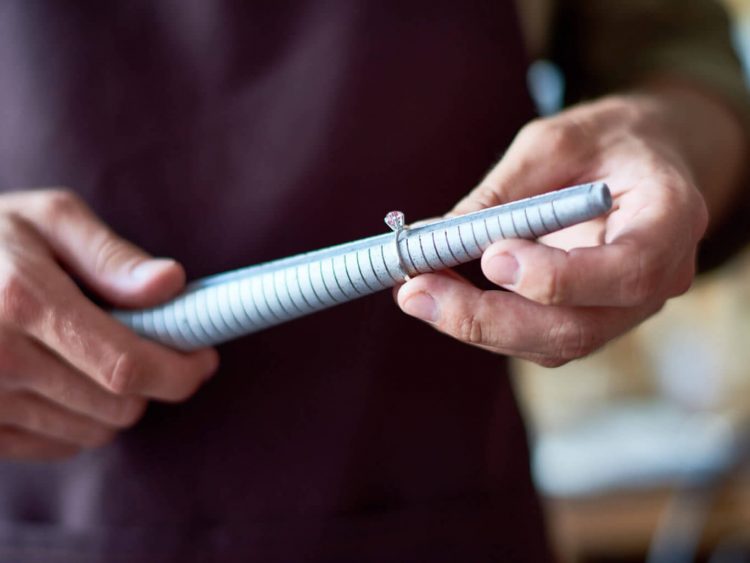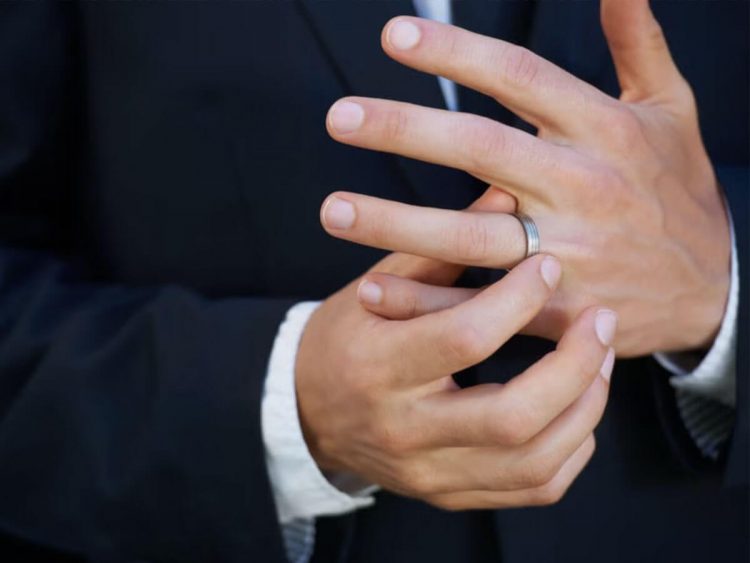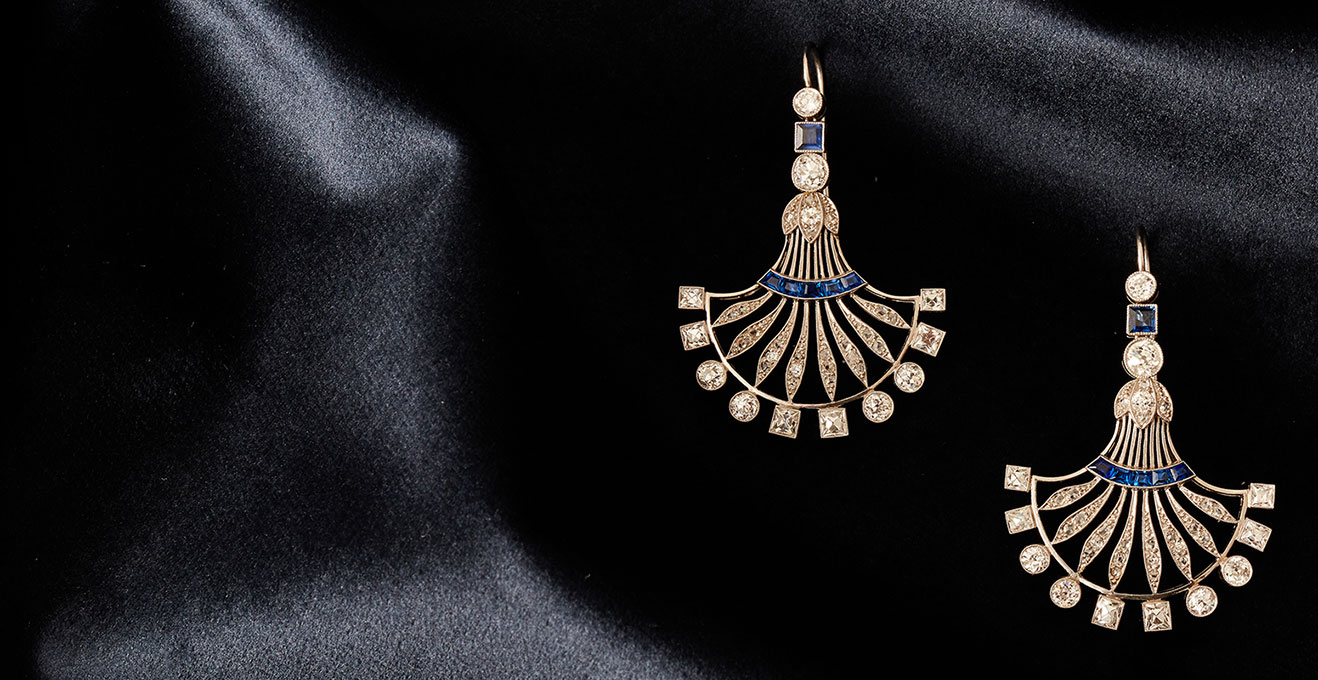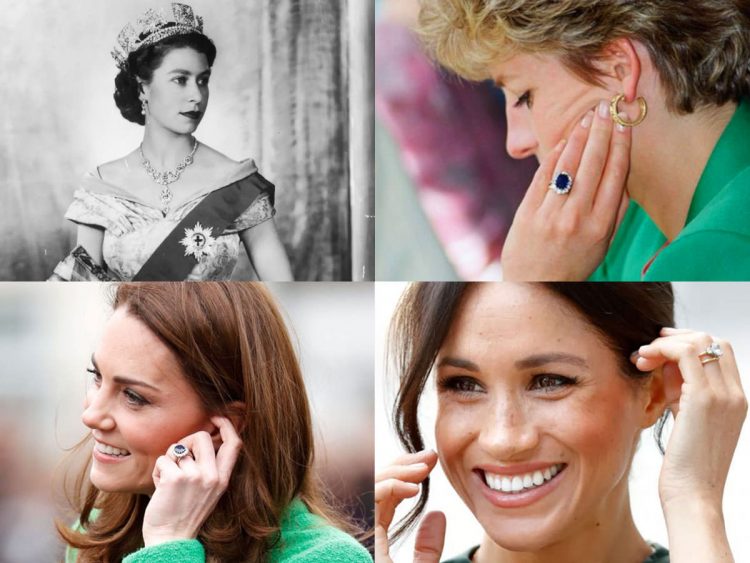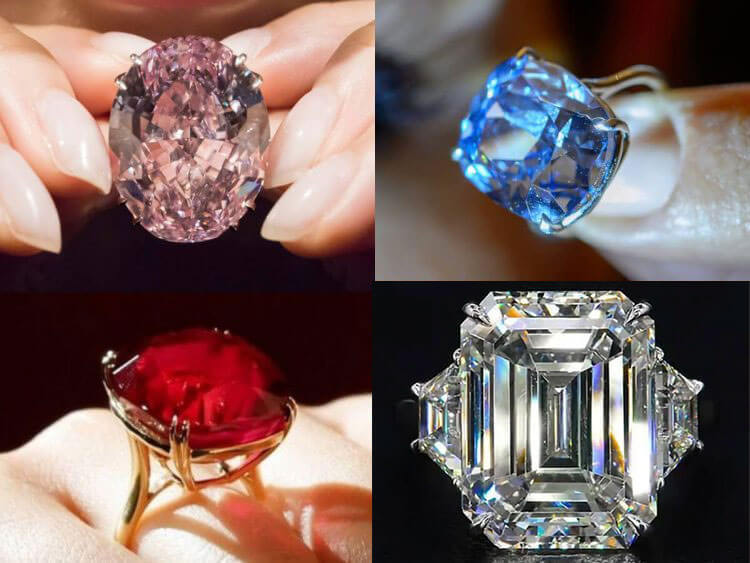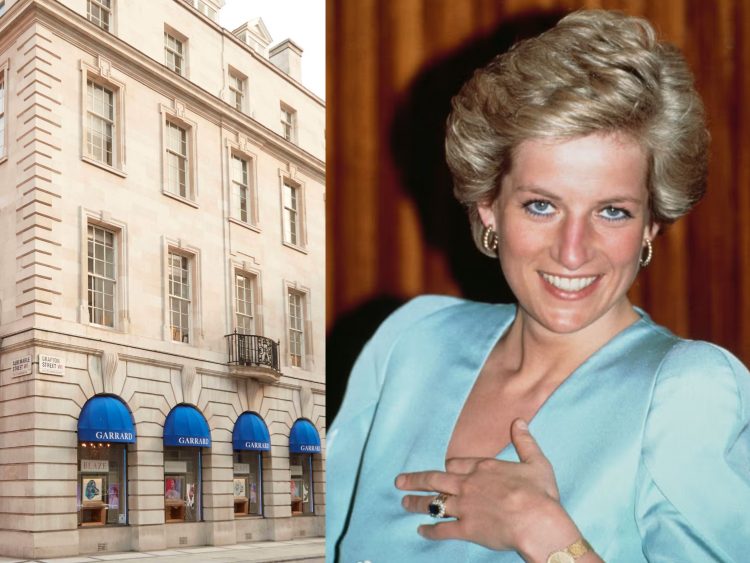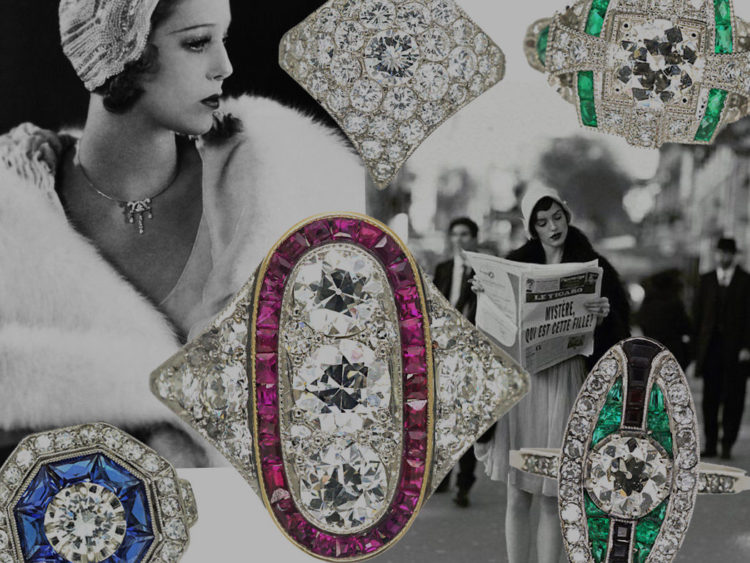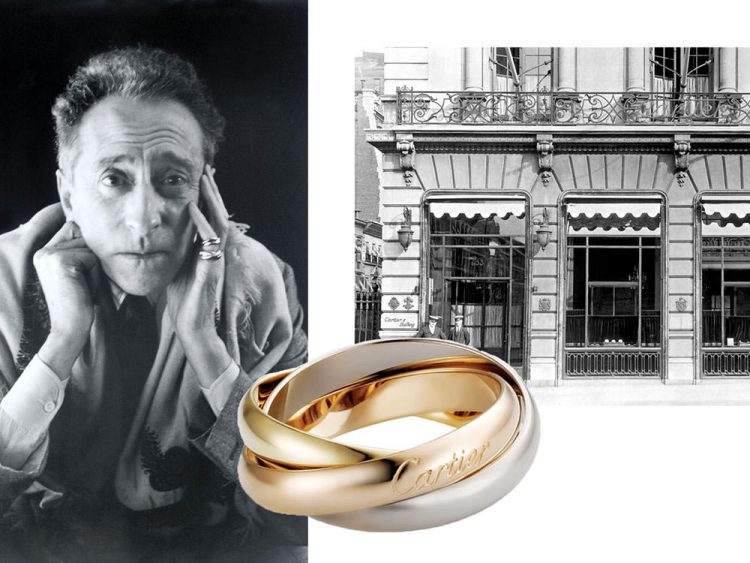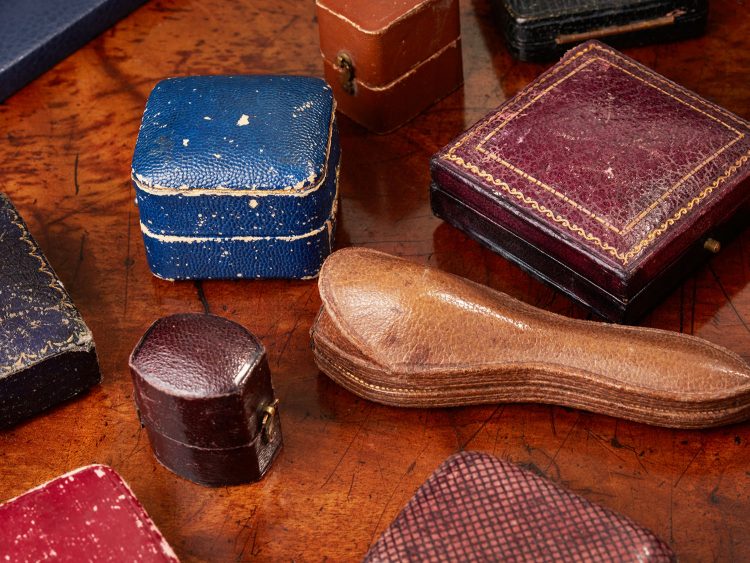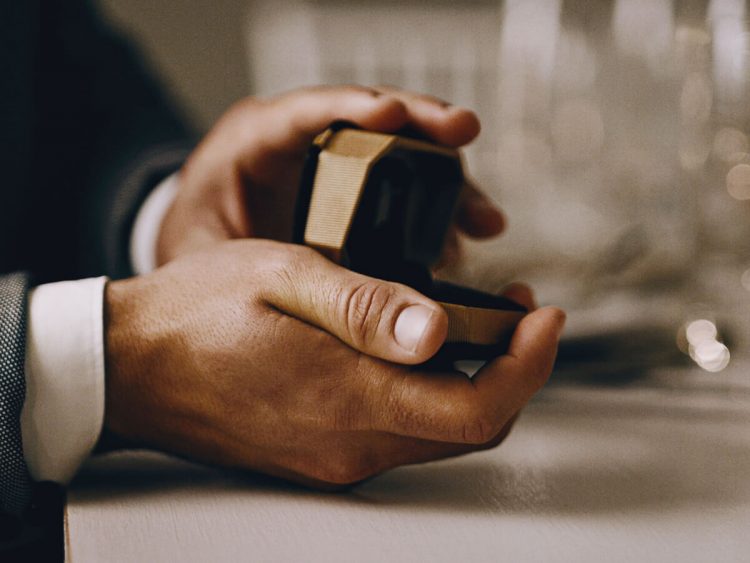-

Your Shopping Bag is empty
Why We Can’t Resist Art Deco Engagement Rings
From flappers and jazz music to technological advances and machinery, the Roaring Twenties brought prosperity, hedonism and innovation. A fresh, rebellious approach was blasted into all realms of design, and the Art Deco era was born.
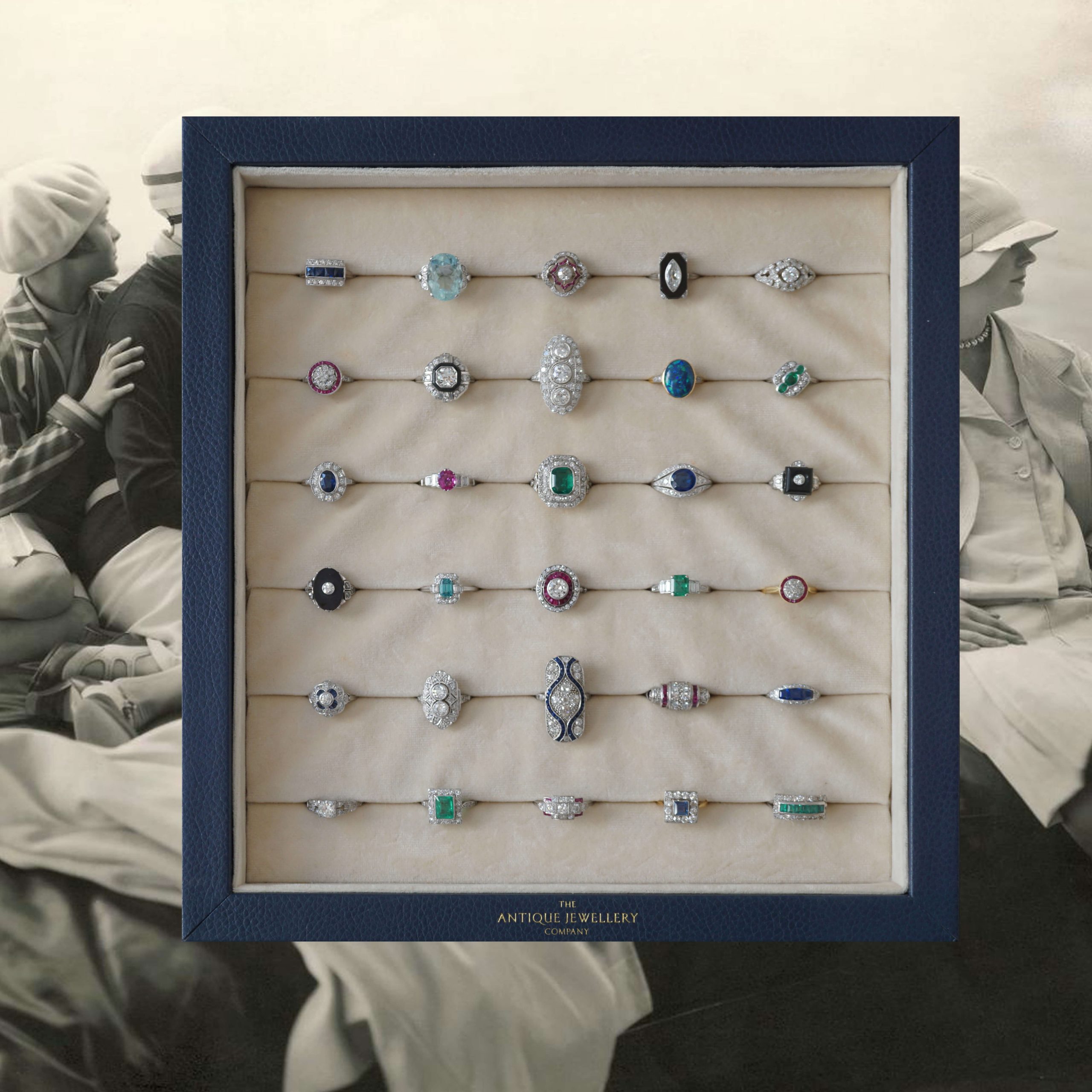
Spanning the 1920s and 30s, the Art Deco era of design was a celebration of modernity. Identifiable by clean, simple geometric lines, patterns and symmetry employed across all Art Deco design, the eye-catching jewellery of this period is coveted by the most stylish fashionistas and collectors today. While reproductions are widely available, nothing beats the style cachet of sporting the real deal.
Here we look at some of the distinctive features of Art Deco design, showcased in a collection of our finest engagement rings of this era:

White Metals
Having enjoyed popularity at the turn of the century, platinum became fashionable again following the discovery of the world’s largest deposit in South Africa in 1924. White gold was created as a popular alternative to the expensive platinum. Yellow gold was very much out of style in the 20s and 30s.
Geometric Patterns
Gone were the fluid lines of the Art Nouveau era. They were replaced by clean, simple lines and geometric patterns. This style is very distinctive across Art Deco design.
Calibre Cuts
Advances in technology meant improved techniques for diamond cutting. As a result, diamonds could be cut specially for a design and set tightly against other stones or metal to create intricate patterns and designs.
Pavé Settings
This term refers to a technique that packs gemstones so closely together that they create the illusion of a ‘paved’ surface, hiding the setting entirely.

Antique Cut Diamonds
Rings from the Art Deco era contained antique cut stones, such as the old European cut, antique cushion cut, transitional cut and Asscher cut. An Art Deco-style ring with a modern, round cut diamond is a sure sign of a reproduction.
Filigree
Perfected in the late 1920s, filigree work – small, intricate cut outs – was introduced through the use of die-cast machines. The finest examples of filigree design are from the Art Deco era. Today’s ‘softer’ reproductions don’t share the stark, stamped edges of the 20s and 30s.



 Free Worldwide Delivery
Free Worldwide Delivery View All
View All
 Diamond
Diamond
 Sapphire
Sapphire
 Emerald
Emerald
 Ruby
Ruby




